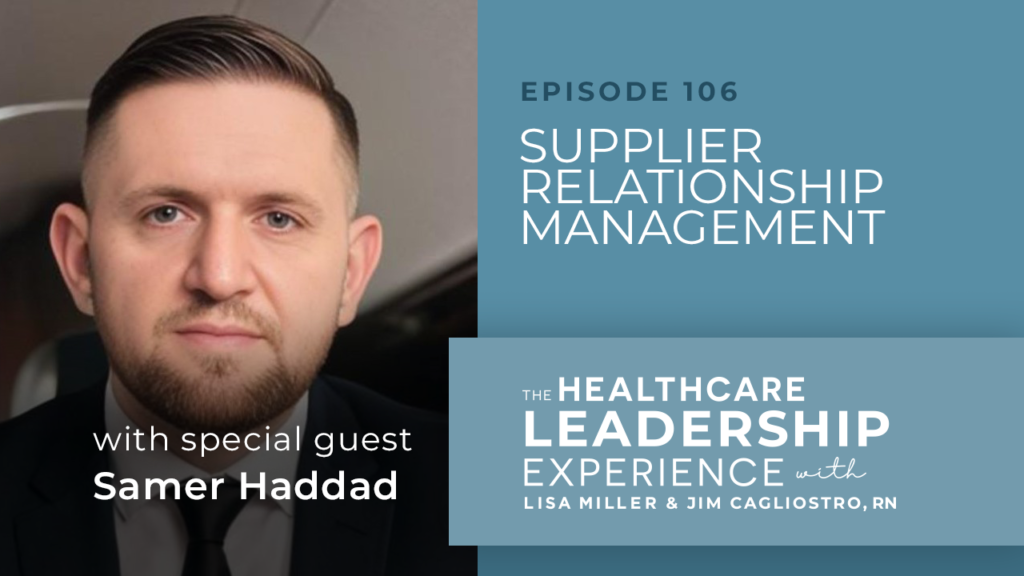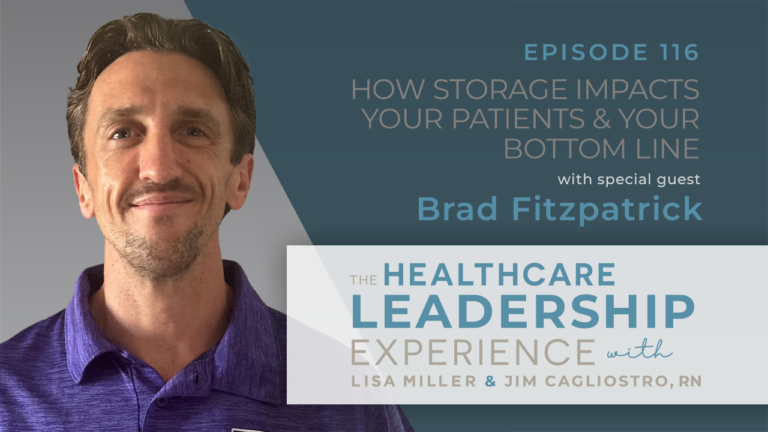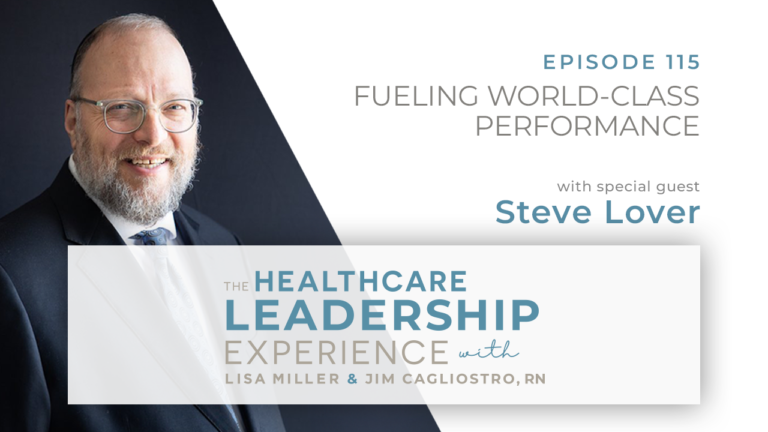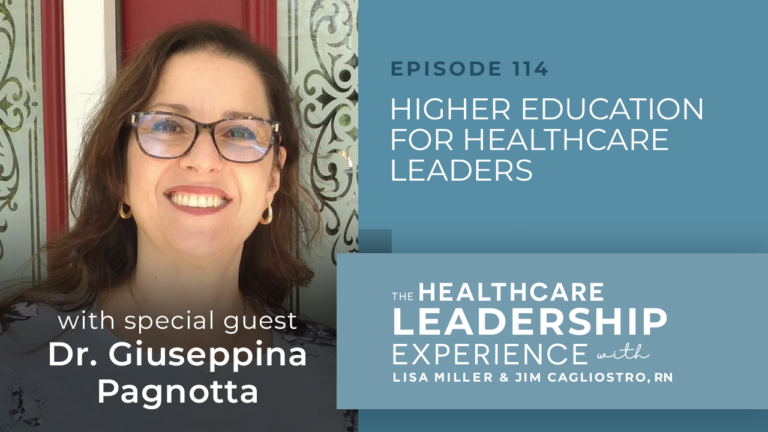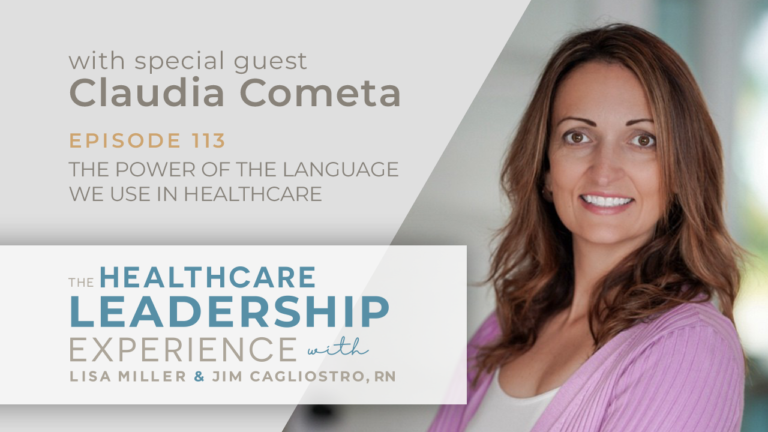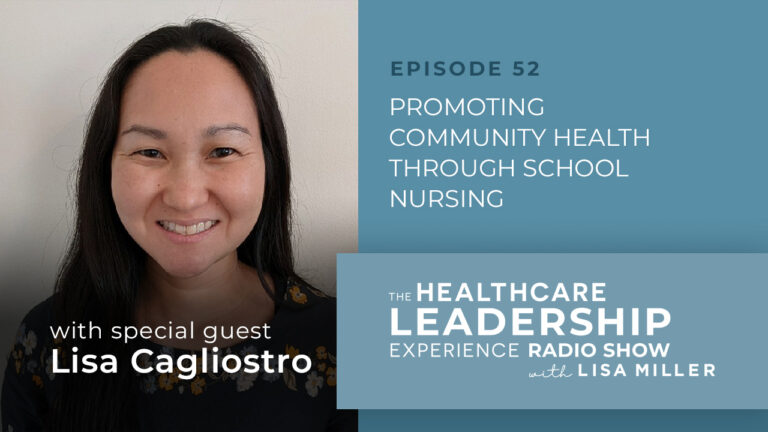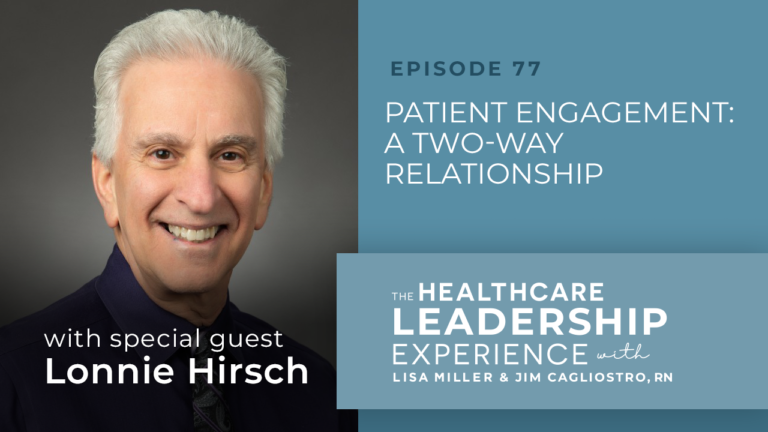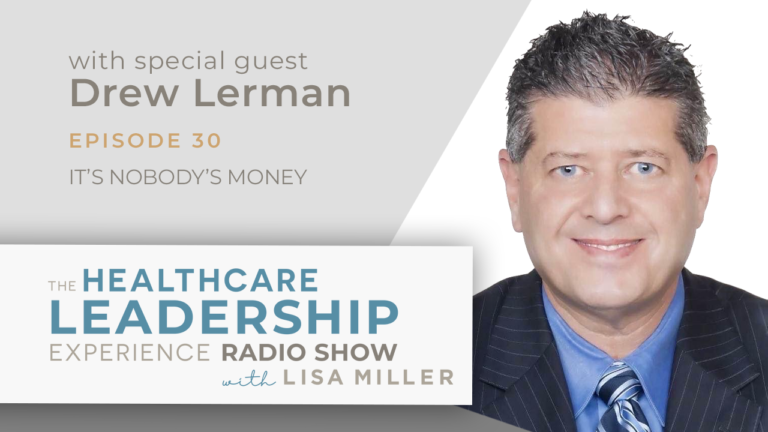Episode Introduction
Samer explains why trust is the foundation of all successful supplier relationships, the importance of human-to-human connection and why a partnership sometimes means giving your partner the benefit of the doubt. He also outlines the key to a successful exit strategy (plan, plan, and plan) and why solid leadership means treating others as you want to be treated, and leaving your ego at the door.
Show Topics
- Supplier relationship management isn’t just a keyword
- Trust is the foundation of successful relationships
- Managing multiple suppliers is about more than spend
- ‘’Partnership is a partnership’’
- Managing a successful exit strategy
- Leadership tip: keeping your ego out of the way
04:33 Supplier relationship management isn’t just a keyword
Samer explained how the impact of Covid revealed the importance of strong supplier relationships.
‘’When the world went into COVID and all the crises that came after that, in terms of shortages and everything, I can make a pretty easy judgment that there was a big differentiator between companies who made it and who maybe struggled mainly was supplier relationship management. Because when the real challenge came to the world, companies that invested in relations, companies that had deepened their relationships, especially with the significant suppliers to their production or to their delivery, whatever that is, made a difference. Those were the ones who were able to actually leverage that challenge to their benefit in the market. So they gained market share. The ones who had superficial relations, maybe more towards purely commercial kind of dealings, I think they struggled because, at such a moment, that kind of… I can’t call it a human-to-human relation, or personal relation is where things are tested, and when companies need to make decisions, that’s always an element. The trust between those organizations is essentially trust between humans that are doing business for years together. So if you just… we learn from the past two to three years it is I think many of my peers in procurement supply chain will vouch to the importance of supplier relationship management in general and not just like a keyword that you use and throw around…’’
07:09 Trust is the foundation of successful relationships
Samer said KPIs can help to measure progress and build trust.
‘’It takes time to build up that trust. So it is very important when we start a relationship that we create the proper agreement because this is why contracts are there. Contracts manage the relationship between parties. And you’re establishing basically a baby kind of relation that has no trust yet, and you need to monitor it and start putting in the building blocks of that relation. Usually, in my opinion, that is established by having mutual mechanisms to judging how companies are engaging with each other. That could be the KPIs that you set. And it’s not fair only to set a KPI for the supplier that you’re establishing a relationship with, especially if you’re looking long-term. Some KPIs should be set, maybe not in the contract, not necessarily, but self-imposed as you manage that important relationship that you know about. So you can even monitor internally how you’re engaging with that supplier. Now, if you do that kind of fundamental layer of developing that relationship and you start building upon it, with time, trust starts getting improved and starts growing. It’s like a baby, and it grows. It becomes an entity.’’
10:24 Managing multiple suppliers is about more than spend
Samer said organizations need to understand how suppliers can impact their business.
‘’…… But let’s say what are the top 10 suppliers that basically can make or break your business? Because each business needs to know these kinds of suppliers. What are the suppliers that, if they don’t deliver, you’re going to have challenges actually delivering to your customer, or it’ll affect your quality, or it might basically put you in a different pricing position in the market, which could basically hurt your business? So you need to understand those really well. And what I see as a common mistake is people treat category management as just a function, just an area. Like supplier relationship management. “Oh, you’re a procurement person, so you do the procurement, invoicing, all of that. And by the way, you need to just take care of categories. Also, take care of the supplier relationship.” It doesn’t work. So especially when it’s big business, when there’s lots of money being moved around, you need people to focus on those suppliers and those categories. So I would recommend that you really understand the suppliers that drive the goals of your business and, at the same time, the suppliers that probably could hurt you if you don’t nurture them. And that has nothing to do with spend, by the way.’’
14:41 ‘’Partnership is a partnership’’
Samer said treating suppliers as partners can help to navigate challenges during the contract period.
‘’You can’t go purely by contract. If I have a relationship with a significant supplier and they’re misperforming, I can’t just jump in and I basically come in with the request that, “You’re not meeting the contractual agreement, and we need to go to remedies.” That will destroy the whole thing. Partnership is a partnership. When you have a partner, you need to work with the partner. So yes, at some points, you might have to make hard decisions for the business, and yes, your top priority should be your business goals and your business targets. Nevertheless, I would say, depending on the situation, there’s no one answer I can say here, but depending on the situation, you need always to give the benefit of the doubt for the partner. If they need help or support, you need to pitch in and help if you can. You need to offer that. You need to understand what’s happening because it’s easy always to blame the other party for the issues and challenges. You might be either contributing. If not, at some times, you get surprised, and you’re causing some of that kind of challenge. So you need to deal with it as a partnership. So you look at the people, so the people you know, call them up or you meet them, you have a conversation around the challenge, you try to understand it, analyze it, break it down, go down a route where you’re looking at a structured, logical approach to that problem. You’re not there to blame. You’re not there still to go for a contract. You’re there to solve a problem with them as a partner.’’
17:26 Managing a successful exit strategy.
Samer said it’s essential to have a Plan B before exiting a contract.
‘’…. I assume someone who reached a point where they want to break up a relationship with a supplier, probably, we’re talking about here, hypothetically, someone with a deep relations, one of those significant suppliers that affect your business, you need to have your own plan B. And this takes us to the first point I covered. I assume also that you did your job in creating contract that has a clear pathway to exit that relationship. If you have that, okay, so at least you have your map to exit that relationship, but also, you need to get things sorted before you go there. And the point comes where if you ask me, why would you do that? What’s the tipping point that could take my company or me personally managing that department or procurement, in general, to go from point A, we have relationship, I need to break it. Well, it’s a plethora of things. So it could be simply the attitude of the team on the supplier side that I’m dealing with. Once I see that there’s zero care to the business I’m bringing, because sometimes they could grow as a company, my business is not growing at that rate. So I might become a much smaller piece of the pie for them. So things change, but the attitude towards my company is very important… there are red flags and red lines I think you should keep always, even with the best relationship, where you need to say, “I need to stop here, and I need to make a decision.”
21:56 Leadership tip: Keeping your ego out of the way
Samer said knowing that your organization will succeed in your absence is the sign of an effective leader.
‘’At the end of the day, a solid leader is the one who can have confidence saying, “If I leave today, work will not be affected.” I think our ego gets in the way in many cases. I try not to let it affect me. It’s a human thing. Everyone has it. I try always to make my decisions separate from fear. So I want my team to be able to generate leaders that could replace me at any moment. It’s a hard mental thing to wire, but from my experience, it only pushes you towards growth in your career actually. It doesn’t hurt you. It helps you a lot, and it gives you your life back because, today, when I go on leave, I do not look back because I know I have a solid organization, solid leaders in my team that if things go wrong while I’m away, they can take care of things. So treat people like you want to be treated and grow the next generation leaders in your organization.’’
Show Links
Connect with Lisa Miller on LinkedIn
Connect with Jim Cagliostro on LinkedIn
Connect with Samer Haddad on LinkedIn
You’ll Also Hear:
Samer’s role within Emerson Automation Solutions and the push for sustainability: ‘’…now we’re pushing more, especially in this region around sustainability, which again, gives you more reasons to enjoy what you do, and you feel that you are a little bit maybe contributing to that big change that’s happening in the region and hopefully for future generations when it comes to the environment here.’’
Human-to-human connection is vital to successful partnerships: ‘’If you do the perfect KPIs and you always hit them, and you do the perfect contract, but you don’t meet them, and you don’t really engage with the supplier, members, and peers at that company, it’ll never happen. So people, in my opinion, will establish you as a partner when you meet them, especially face-to-face.’’
Effective supplier management needs constant monitoring: ‘’Are we getting the best service? Are they satisfied? Do they have issues from our side? If there are issues from our side, are we addressing them on time? … And I think with that, you address 90% of the challenges and the problems.’’
The end of a relationship; deciding early and moving on: ‘’And do not hesitate .. because if you see really good reasons to exit a strategy, it’s like maybe, I don’t know if it’s the right thing to do it, but it’s like a divorce, right? Sometimes, if you spend too much time, it might hurt you and hurt your customers more. So, sometimes, it’s just better to make a hard decision early and move things on, even if there are challenges. But make sure your business and your customers, first and foremost, are getting the service that they expect from your business.’’
What To Do Next:
- Subscribe to The Economics of Healthcare and receive a special report on 15 Effective Cost Savings Strategies.
- There are three ways to work with VIE Healthcare:
- Benchmark a vendor contract – either an existing contract or a new agreement.
- We can support your team with their cost savings initiatives to add resources and expertise. We set a bold cost savings goal and work together to achieve it.
- VIE can perform a cost savings opportunity assessment. We dig deep into all of your spend and uncover unique areas of cost savings.
- If you are interested in learning more, the quickest way to get your questions answered is to speak with Lisa Miller at lmiller@spendmend.com or directly at 732-319-5700
Episode Transcript
DOWNLOAD THE FULL PDF TRANSCRIPT HERE
CLICK HERE TO OPEN THE FULL TRANSCRIPT
Samer (00:00):
When the real challenge came to the world, companies that invested in relations, company that had deepened their relationships, especially with the significant suppliers to their production or to their delivery, whatever that is, made a difference. Those were the ones who were able to actually leverage that challenge to their benefit in the market. So they gained market share. The ones who had superficial relations, maybe more towards purely commercial kind of dealings, I think they struggled.
Speaker (00:31):
Welcome to the Healthcare Leadership Experience Podcast, hosted by Lisa Miller and Jim Cagliostro.
Lisa is the founder of VIE Healthcare Consulting and now managing director at SpendMend. Lisa and her team has generated over $1 billion in financial improvements for VIE’s clients since 1999.
Since 2007, Jim has been a registered nurse working in critical care, perioperative services, and outpatient settings at nationally recognized medical facilities across three states.
You’ll hear conversations on relevant and trending topics in healthcare and much more. Now, here’s your hosts, Lisa and Jim.
Jim (01:10):
Hi, this is Jim Cagliostro, and you’re listening to The Healthcare Leadership Experience. Today’s guest is Samer Haddad, procurement director at Emerson Automation Solutions and host of the GiveMeTheMic podcast. Samer, welcome, and thank you for joining us today.
Samer (01:26):
Thanks, Jim. It’s my pleasure.
Jim (01:27):
So I like to always start off with if you could share with our audience a little bit about what you do as it relates to the supply chain and what you particularly enjoy about what you do.
Samer (01:37):
Okay, so I’m Samer. Just maybe it interests the listeners to know that I’m based in Dubai. I myself, am from Jordan. So I work mostly in the procurement arena within supply chain, mostly in project procurement. In Emerson, basically, I work in the systems and software department or business unit, and we take care of delivering high-end automation solutions for our customers across the regions and globally.
(02:06):
Now we have our own patented equipment and software that we deliver, and always around that comes third-party purchases that our customers desire and need actually to get their business running. That part of our supply chain, we have a procurement department that delivers that to our customer needs. And I do manage that within the Emerson, Middle East, and Africa team for presenting that organization across the whole region.
Now, it’s very interesting because, especially today, we are contributing to projects that touch on sustainability, touch on improving the life of actual individuals within the region in general.
(02:46):
We talk about projects that go towards energy security and food security. So just contributing towards such goals, especially when it comes to the energy end of things, which is the most predominant field in Middle East, as you would expect, always you know that you’re contributing to something bigger basically. It’s not just pushing paper and doing the day-to-day work.
Jim (03:09):
Right.
Samer (03:10):
There’s a strong WHY, at least for Emerson, in what we do and what we deliver, and now we’re pushing more, especially in this region around sustainability, which again, gives you more reasons to enjoy what you do, and you feel that you are a little bit maybe contributing to that big change that’s happening in the region and hopefully for future generations when it comes to the environment here.
Jim (03:31):
I love that, Samer. What you do is essential in terms of just the world working and the things that supply chain, and I know we’re healthcare, but I said to you, I know you’re not specifically in healthcare, but there’s so many lessons that we can learn from what you do. And I should have mentioned that that we are working with about an eight-hour time difference. So I appreciate you working the night shift with us here on this podcast.
Samer (03:53):
My pleasure.
Jim (03:54):
So I know, and listening to your podcast and looking into what you do, I know you’re big on the innovation tech. I saw some of your things on AI and automation. Those are all up and coming and essential things. But I also recognize, and I know you recognize this, the importance of the relationship. And so that stood out to me when I saw your LinkedIn profile and we started talking that you’re focused on supplier relationship management. And so, I just want to start off with why is it important to have healthy relationships with your suppliers, with your vendors.
Samer (04:27):
I’ll just give you evidence-base kind of argument around this.
Jim (04:32):
Sure.
Samer (04:33):
When the world went into COVID and all the crises that came after that, in terms of shortages and everything, I can make a pretty easy judgment that there was a big differentiator between companies who made it and who maybe struggled mainly was supplier relationship management. Because when the real challenge came to the world, companies that invested in relations, company that had deepened their relationships, especially with the significant suppliers to their production or to their delivery, whatever that is, made a difference.
(05:06):
Those were the ones who were able to actually leverage that challenge to their benefit in the market. So they gained market share. The ones who had superficial relations, maybe more towards purely commercial kind of dealings, I think they struggled because, at such moment, that kind of… I can’t call it a human-to-human relation, or personal relation is where things are tested, and when companies need to make decisions, that’s always an element. The trust between those organizations is essentially trust between humans that are doing business for years together.
Jim (05:41):
Sure.
Samer (05:42):
So if you just… we learn from the past two to three years it is I think many of my peers in procurement supply chain will vouch to the importance of supplier relationship management in general and not just like a keyword that you use and throw around is just actual relations that you build with your counterparts in the supplier base that you have, where you have that kind of deep essential relations that not only continues to have high performing innovative kind of business operation on day-to-day basis, but really it goes through the test of time when these challenges come to fruition. And we face it like what we faced with there and COVID and the pandemic in general. So it is, I would say, survival kind of aspect of procurement supply chain in the worst times.
Jim (06:33):
Boy, I really… especially as a nurse, I really appreciate that. I mean, we can look back just a few years, and maybe it’s not a worldwide crisis, but maybe a local crisis. Whenever there’s strain on that supply chain, those relationships help to overcome those obstacles. I love how you put that.
So when beginning a relationship with any vendor, are there certain aspects of that partnership that should be prioritized? I guess, in your experience, how do you best-set expectations at the start of that relationship?
Samer (07:04):
Yeah, it’s a tricky part. Usually, it’s mechanical at the beginning-
Jim (07:09):
Okay.
Samer (07:09):
… because the core element is lacking, which is trust. It takes time to build up that trust. So it is very important when we start a relationship that we create the proper agreement because this is why contracts are there. Contracts manage the relationship between parties. And you’re establishing basically a baby kind of relation that has no trust yet, and you need to monitor it and start putting in the building blocks of that relation. Usually, in my opinion, that is established by having mutual mechanisms to judging how companies are engaging with each other. That could be the KPIs that you set.
(07:48):
And it’s not fair only to set a KPI for the supplier that you’re establishing a relationship with, especially if you’re looking at long-term. Some KPIs should be set, maybe not in the contract, not necessarily, but self-imposed as you manage that important relationship that you know about. So you can even monitor internally how you’re engaging with that supplier. Now, if you do that kind of fundamental layer of developing that relationship and you start building upon it, with time, trust starts getting improved and starts growing. It’s like a baby, and it grows. It becomes an entity.
(08:24):
Now, all of that is good on paper. At the end of the day, as I said before, it’s a human-to-human relation. If you do the perfect KPIs and you always hit them, and you do the perfect contract, but you don’t meet, and you don’t really engage with the supplier, members, and peers at that company, it’ll never happen. So people, in my opinion, will establish you as a partner when you meet them, especially face-to-face. I know things got tough in the past to meet face-to-face, but today, we’re back to normal, and when someone shakes your hand, a person will establish you as a partner.
(08:59):
This is where things get started, and this is… you can basically bank on that and leverage on that over time, over challenges and successes that you mutually do together, and you basically grow that relation. So that kind of first phase, first gate of that relationship, should be really critical, like basically treating a baby. As you grow it further, at some point, it’ll be a very strong relationship that can weather challenges and where you can actually see the fruits of it on both sides of the aisle of that relationship.
Jim (09:32):
I appreciate that you’re referencing that human-to-human connection is so important, especially at the beginning. And one thing I wanted to pull out that I really like what you said. Setting expectations are important, and yes, across from the vendor, the supplier to client, whoever it may be. But even if that’s not demanded of the other party, it’s great that we set those expectations up for ourselves, those KPIs.
(09:55):
I think that’s a wonderful point that you made, and I don’t think every company does that. I don’t think every vendor is doing that.
So hospitals and health systems, now getting into the healthcare space, can often have agreements with hundreds of suppliers, and I know that’s in every industry too. But how does one entity nurture and maintain a good relationship with such a vast number of vendors? Any advice for juggling that? If you’re dealing with hundreds of vendors, how do you keep it all organized?
Samer (10:24):
It’s always a tricky part, especially when people talk about category management. It gets complex depending on the industry as well, but I would say you have to have your priorities straight. So, in a hospital, what are the top, I would say, 10 suppliers, just as an example? It could be more depending on the healthcare facility you’re talking about or business. But let’s say what are the top 10 suppliers that basically can make or break your business? Because each business needs to know these kinds of suppliers.
(10:54):
What are the suppliers that, if they don’t deliver, you’re going to have challenges actually delivering to your customer, or it’ll affect your quality, or it might basically put you in a different pricing position in the market, which could basically hurt your business? So you need to understand those really well. And what I see as a common mistake is people treat category management as just a function, just an area. Like supplier relationship management. “Oh, you’re a procurement person, so you do the procurement, invoicing, all of that. And by the way, you need to just to take care of categories.
(11:25):
Also, take care of the supplier relationship. It doesn’t work. So especially when it’s big business, when there’s lots of money being moved around, you need people to focus on those suppliers and those categories. So I would recommend that you really understand the suppliers that drive the goals of your business and, at the same time, the suppliers that probably could hurt you if you don’t nurture them. And that has nothing to do with spend, by the way. The best way to do it, the first way to do, yes, you look at the higher spend.
(11:54):
But also, you might have a small supplier in the hospital, let’s say, for example, that provides an element which is so critical to the patient coming through the door that if it stops or the quality is bad, it will affect your business. So you define those, and then you create a task force depending on the tailoring and the sizing of your team. It could be definitely some people doing multiple of them or partly doing procurement or supply chain stuff and managing those, but they need, and they require their focus.
(12:25):
So it needs someone who’s always monitoring how these suppliers are performing, checking and pinging that kind of relationship is still good. Are we getting the best service? Are they satisfied? Do they have issues from our side? If there’s issues from our side, are we addressing them on time? So you need that focus. And I think with that, you address 90% of the challenges and the problems. Now, many of them will still be important. You need to have people to cater to them, but wouldn’t probably be as critical and as damaging if things is missed or something goes wrong, which goes wrong when we do these things, it’s fine.
Jim (13:02):
Correct.
Samer (13:02):
But you need to know where it matters.
Jim (13:05):
So, many times, our instinct, and for good reason, is to look at the spend. Okay, what’s the highest spend? But that is such a great point about if this vendor wasn’t coming through, how would it affect our business? And obviously the business of healthcare is patient care. We want to make sure it does not impact the quality of patient care. Wonderful point.
(13:24):
If you’re just tuning in, you’re listening to The Healthcare Leadership Experience, and I’m your host, Jim Cagliostro.
This show is sponsored by VIE Healthcare Consulting, a SpendMend company, which provides leading-edge financial and operational consulting for hospitals, healthcare institutions, and other providers of patient care.
Since 1999, VIE has been a recognized leader in healthcare costs, hospital purchased services, healthcare benchmarking, supply chain management, and performance improvement. You can learn more about VIE Healthcare Consulting at viehealthcare.com.
(13:57):
So, Samer, inevitably issues arise in any relationship, in particular in supply chain relationships, whether it’s related to pricing, services, you’ve talked about that, contract renewal, et cetera. How do you best navigate these challenges when they arise? How do you look out for the interests of your own organization while still maintaining a healthy relationship with your vendors?
Samer (14:19):
Yeah. This is, again, areas that probably differentiate people with expertise and people without expertise because this is where knowing people, understanding how to deal with people, knowing business, how to manage business, and knowing contracts and how to manage contracts come together. You cannot bank on one of these kind of areas as your main skill to use in such conflicts.
(14:41):
You can’t go purely by contract. If I have a relationship with a significant supplier and they’re misperforming, I can’t just jump in and I basically come in with the request that, “You’re not meeting the contractual agreement, and we need to go to remedies.” That will destroy the whole thing. Partnership is a partnership. When you have a partner, you need to work with the partner. So yes, at some points, you might have to make hard decisions for the business, and yes, your top priority should be your business goals and your business targets.
(15:09):
Nevertheless, I would say, depending on the situation, there’s no one answer I can say here, but depending on the situation, you need always to give the benefit of the doubt for the partner. If they need help or support, you need to pitch in and help if you can. You need to offer that. You need to understand what’s happening because it’s easy always to blame the other party for the issues and challenges.
Jim (15:31):
Right.
Samer (15:31):
You might be either contributing. If not, at some times, you get surprised, and you’re causing some of that kind of challenge. So you need to deal with it as a partnership. So you look at the people, so the people you know, call them up or you meet them, you have a conversation around the challenge, you try to understand it, analyze it, break it down, go down a route where you’re looking at a structured, logical approach to that problem. You’re not there to blame. You’re not there still to go for a contract.
(16:00):
You’re there to solve a problem with them as a partner. Eventually, things might get repeated, a supplier might not basically reciprocate that kind of relationship and approach you’re having. At some point, you will have to also make your own decisions based on a track record with a company, company that has 10 years of success and a couple of issues happened is different from a company that is problematic all across and you’re investing in the relationship, and you’re not getting back the dividend of that investment.
Jim (16:32):
That’s a great point. You mentioned the word partnership, and I think so many times we forget that, and it’s easy just to blame. Ah, there’s an issue. It’s the other party’s fault, but it takes work. It takes time. We’ve already talked about that. But instead of playing the blame game, recognizing that we’re in this together, and sometimes it’s nobody’s fault. Sometimes, it’s just the forces outside of that relationship.
(16:54):
In your experience, so I would like to go to that next step and say, or when would you know that it’s time to end the relationship with a particular supplier and to look elsewhere? And follow up to that is, how can you best end that relationship if it gets to that point? What is that point? And then how do you go about navigating that end of the relationship, even if it means breaking an agreement? Is it worth it to you? If you don’t mind touching on that a little.
Samer (17:19):
Yeah, so many things come into play. So we’re not going into the details because this topic can go really deep.
Jim (17:26):
Yes.
Samer (17:26):
But you need to have your plan B. I assume someone who reached a point where they want to break up a relationship with a supplier, probably, we’re talking about here, hypothetically, someone with a deep relations, one of those significant suppliers that affect your business, you need to have your own plan B. And this takes us to the first point I covered. I assume also that you did your job in creating contract that has a clear pathway to exit that relationship. If you have that, okay, so at least you have your map to exit that relationship, but also, you need to get things sorted before you go there.
(18:00):
And the point comes where if you ask me, why would you do that? What’s the tipping point that could take my company or me personally managing that department or procurement, in general, to go from point A, we have relationship, I need to break it. Well, it’s a plethora of things. So it could be simply the attitude of the team on the supplier side that I’m dealing with. Once I see that there’s zero care to the business I’m bringing, because sometimes they could grow as a company, my business is not growing at that rate. So I might become a much smaller piece of the pie for them. So things change, but the attitude towards my company is very important.
(18:39):
So if I see an attitude where they are dismissive of my concern, they’re not trying to help at least or consider catering my issues, that’s one of the red flags that I would raise. If my business is directly affected by numbers, if I’m not able to deliver to my customers, or if I’m having, for example, failures or quality issues that is damaging my brand and, again, not getting rectified. So there are red flags and red lines I think you should keep always, even with the best relationship, where you need to say, “I need to stop here, and I need to make a decision.” But also, you need to have certain points where the alarm bell goes off, and this is where you say, “Probably I’m going into that direction. I need to prepare myself.
(19:23):
I need my plan B and my plan C. I need to establish a relationship with others. Maybe I know some already, or maybe I have some established, but with much lower spend. Let me grow them. Let me see what they can do for me.” And sometimes it’s not just easy as stopping a contract and starting one new. Let’s say it’s part of your design process. You’re actually… That product you’re getting or a service you’re getting is actually into your product that you’re delivering to your customer. So maybe there’s testing that needs to go, and maybe there’s many things that could play in that decision to exit a relation and replace it with one.
Jim (19:54):
Sure.
Samer (19:54):
So you have to have a really solid, solid plan, detailed plan, and you need to have that kind of third eye. So if things go wrong, you need to have that nose. This is where the experience comes. Someone might say, “Before anyone is seeing the problem, I think we need to prepare a plan B. Something is coming, probably.” So it’s a really complex topic. But yeah, you need to have planning, planning, planning is number one when it comes to preparing to exit.
(20:18):
And do not hesitate a lot because if you see really good reasons to exit a strategy, it’s like maybe, I don’t know if it’s the right thing to do it, but it’s like a divorce, right. Sometimes, if you spend too much time, it might hurt you and hurt your customers more. So, sometimes, it’s just better to make a hard decision early and move things on, even if there’s challenges. But make sure your business and your customers, first and foremost, are getting the service that they expect from your business.
Jim (20:49):
Samer, there’s so much to unpack. I wish we had time to really dig in, but I really believe you summed that up great. And that’s just some wonderful insight in terms of nobody likes to end these relationships, but it may get to that point. I love what you say about not hesitating but making sure you have a plan.
(21:07):
Incredible, yes. We should do a whole nother episode just on that one question alone, but thank you for that insight.
So to wrap things up here, to end each episode, we like to ask our guests to provide one leadership lesson or two if you’d like, that you’ve learned throughout your career or that’s carried you through your career if you don’t mind sharing that with our audience before we go.
Samer (21:26):
Two things I would put. Treat people like you would want to be treated. I worked with the worst managers in my career, and I worked with the best. Luckily, today, I’m working with one of the best. The easiest way is treat people how we want to be treated. At the same time, do what’s right for the business. Then, we are in a corporate setup. We are in a business setup. We have goals to achieve, but people are people. So always have that human element within your leadership and help people grow.
(21:56):
At the end of the day, a solid leader is the one who can have confidence saying, “If I leave today, work will not be affected.” I think our ego gets in the way in many cases. I try not to let it affect me. It’s a human thing. Everyone has it. I try always to make my decisions separate from fear. So I want my team to be able to generate leaders that could replace me at any moment.
(22:21):
It’s a hard mental thing to wire, but from my experience, it only pushes you towards growth in your career actually. It doesn’t hurt you. It helps you a lot, and it gives you your life back because, today, when I go on leave, I do not look back because I know I have a solid organization, solid leaders in my team that if things go wrong while I’m away, they can take care of things. So treat people like you want to be treated and grow the next generation leaders in your organization.
Jim (22:51):
Well said. What a way to end the episode.
Thank you so much, Samer, and thank you to our listeners who spent time with us today. If you have any questions about VIE Healthcare Consulting, a SpendMend company, or if you want to reach out to me or Lisa Miller or Samer, he’s also on LinkedIn.
We at SpendMend love helping hospital leaders uncover financial leakage and improve the patient experience, and we’re hoping that today’s episode gave you some new insights to consider and use in your career and in your own healthcare organization.
Samer, once again, thank you for being on the show today.
Samer (23:22):
Thank you, Jim. My pleasure.
Speaker (23:26):
Thanks for listening to the Healthcare Leadership Experience podcast, we hope you’ve enjoyed this episode. If you’re interested in learning new strategies, best practices, and ideas to utilize in your career and healthcare organization. Check out our website at thehealthcareleadershipexperience.com.
And oh yeah, don’t forget to rate and review us and be sure to join Lisa and Jim, next time on the Healthcare Leadership Experience podcast.
Thanks again for listening.
